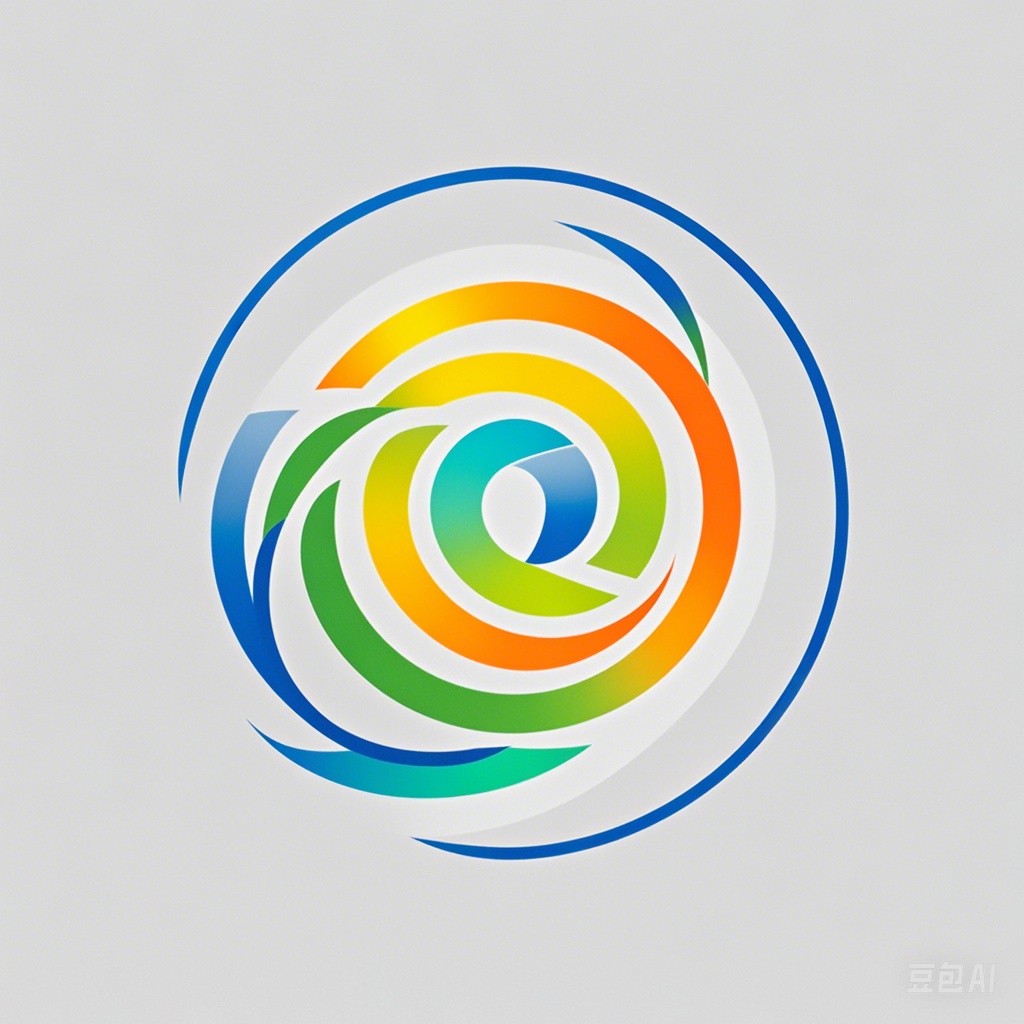在人类历史的长河中,科技的每一次飞跃都为我们的生活带来了翻天覆地的变化。如今,我们正站在一个全新的时代节点上,创新科技如同一幅幅神奇的画卷,正在徐徐展开。本文将带您领略这些科技背后的奇妙世界,探寻它们如何为我们的生活增添色彩。
一、虚拟现实与增强现实:穿越时空的画境
虚拟现实(VR)
虚拟现实技术通过模拟出一个三维空间,让用户可以在其中自由行走、互动。以下是一个简单的VR技术实现示例:
import pygame
import numpy as np
# 初始化pygame
pygame.init()
# 创建窗口
screen = pygame.display.set_mode((800, 600))
# 创建虚拟世界坐标
world = np.array([[0, 0, 0], [10, 0, 0], [0, 10, 0]])
# 摄像机参数
camera = np.array([0, 0, 5])
# 视场角
fov = 90
aspect_ratio = 800 / 600
# 创建透视投影矩阵
projection_matrix = np.array([
[1, 0, 0, 0],
[0, 1, 0, 0],
[0, 0, 1, 0],
[0, 0, 0, 1]
])
# 将世界坐标转换到摄像机坐标
camera_matrix = np.linalg.inv(np.hstack((np.zeros((4, 4)), -camera.reshape(3, 1))))
# 将摄像机坐标转换到投影坐标
projection_matrix = np.dot(projection_matrix, camera_matrix)
# 将世界坐标转换到投影坐标
projection = np.dot(projection_matrix, world.T)
# 绘制虚拟世界
for i in range(3):
pygame.draw.line(screen, (255, 0, 0), (int(projection[0, i]), int(projection[1, i])),
(int(projection[0, (i + 1) % 3]), int(projection[1, (i + 1) % 3])))
# 运行pygame
while True:
for event in pygame.event.get():
if event.type == pygame.QUIT:
pygame.quit()
quit()
增强现实(AR)
增强现实技术通过在现实世界中叠加虚拟元素,为用户带来更加丰富的体验。以下是一个简单的AR技术实现示例:
import cv2
import numpy as np
# 加载相机参数
camera_matrix = np.array([[800, 0, 320], [0, 800, 240], [0, 0, 1]])
dist_coeffs = np.zeros(5)
# 创建视频捕获对象
cap = cv2.VideoCapture(0)
# 创建AR标记
marker = cv2.imread('ar_marker.png')
while True:
# 读取一帧图像
ret, frame = cap.read()
# 将图像转换为灰度图
gray = cv2.cvtColor(frame, cv2.COLOR_BGR2GRAY)
# 寻找AR标记
corners, _, _, _, _ = cv2.findMarkerGrid(gray, 6, 9, 0, 0)
# 计算透视变换矩阵
H, _ = cv2.findHomography(corners, np.array([[0, 0], [marker.shape[1], 0], [0, marker.shape[0]]]))
# 将AR标记绘制到图像上
for corner in corners:
cv2.drawMarker(frame, tuple(map(int, corner)), (0, 255, 0), cv2.MARKER_CROSS)
# 将AR标记绘制到虚拟世界
virtual_world = np.array([[0, 0, 0], [100, 0, 0], [0, 100, 0]])
virtual_image = np.dot(H, virtual_world.T)
virtual_image = virtual_image / virtual_image[2, :].reshape(-1, 1)
# 将虚拟图像绘制到图像上
for i in range(3):
cv2.line(frame, tuple(map(int, virtual_image[:, i])), tuple(map(int, virtual_image[:, (i + 1) % 3])),
(255, 0, 0), 2)
# 显示图像
cv2.imshow('AR', frame)
if cv2.waitKey(1) & 0xFF == ord('q'):
break
# 释放资源
cap.release()
cv2.destroyAllWindows()
二、人工智能与机器学习:智慧生活的缔造者
人工智能和机器学习技术正在为我们的生活带来越来越多的便利。以下是一个简单的机器学习实现示例:
import numpy as np
from sklearn.linear_model import LinearRegression
# 创建数据
X = np.array([[1], [2], [3], [4], [5]])
y = np.array([1, 2, 3, 4, 5])
# 创建线性回归模型
model = LinearRegression()
# 训练模型
model.fit(X, y)
# 预测结果
prediction = model.predict([[6]])
# 打印结果
print(prediction)
三、物联网与智能家居:智慧生活的守护者
物联网技术将各种设备连接在一起,为我们的生活带来更加便捷的体验。以下是一个简单的智能家居实现示例:
import requests
# 获取天气信息
url = "http://api.weatherapi.com/v1/current.json?key=your_api_key&q=beijing"
response = requests.get(url)
weather_data = response.json()
# 打印天气信息
print("温度:", weather_data['current']['temp_c'], "摄氏度")
print("湿度:", weather_data['current']['humidity'], "%")
四、结语
创新科技如同神奇的画境,为我们带来了一个充满无限可能的世界。在这个世界里,我们可以穿越时空、探索未知、享受智慧生活。让我们共同期待未来,感受科技带来的更多惊喜。
